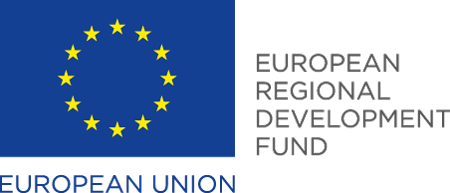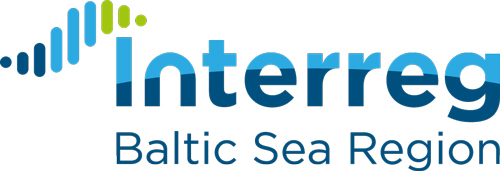A new tool storing valuable data for the STM Macro-Analysis
Valenciaport Foundation is currently developing a new tool referred to as VESSL (Valenciaport European Short-sea Shipping Lines Database). VESSL features information about all the regular lines that call at any core and/or comprehensive port of the Trans-European Transport Network in the EU, including the Norwegian ports incorporated in the STM Validation Project.
The scope of this database is to compile data regarding regular services in the Mediterranean and North Europe sea areas that comply with the criteria used to define Short Sea Shipping. Short Sea Shipping is defined as ‘the movement of cargo and passengers by sea between ports situated in Europe or between those ports and ports situated in non-European countries which have a coastline on the enclosed seas bordering Europe’.
Numerous data will be collected and compiled from different sources such as sea carriers, shipping agents, port authorities, specific press, private databases, etc. Data accuracy is continuously verified with updated information provided by the actors involved along the transport chain. The main groups of data are:
• Regular Shipping Services Data: itinerary, shipping company, actual schedule, port itinerary, main ships operating the service, type of traffic, number of port calls, number of countries where the service is provided, frequency, seasonality, etc.
• Ports Data: The ports included in the different itineraries are characterised in detail by country, sea, coordinates, continent, geographic area, Ten-T Corridor comprised, UN Locode, among other details.
• Ships Data: IMO number, ship name, ship type, ship operator, shipyard, MMSI number, flag, GT, DWT, year of build, dimensions, cargo capacity, total power, group of engines configuration, service speed, fuel consumption, etc.
• Distances Data: where the distance of port to port for every two ports in a service is calculated and registered.
• Times Data: where figures such as navigation time, port call time, etc. are calculated and registered.
• Engine Characteristics Data: where data from prime and auxiliary engines of the ships operating in regular services are collected and registered.
VESSL will collect a vast variety of information for more than 200 core and comprehensive ports in the Mediterranean, Atlantic Sea, North Sea and Baltic Sea; 2,500 ships; more than 3,000 port-to-port distances; over 450 different ship engines, and thousands of transit and port call times will be collected in this database.
As a result, VESSL will enable the checking against the data from the STM test beds and will provide the base to quantify, at a macro level, the findings deduced from the project. Potential reductions in both port call and navigation times, fuel consumption and consequently, GHG emissions will be calculated during the analysis and their consequences analysed both for societal purposes and for the environment throughout the European Union.
The verified results from the project will provide criteria for the shipping actors to make decisions regarding their business models and future adaptation. The resulting data will facilitate decisions regarding fleet management, resources utilization, and optimized strategic voyage plans.







